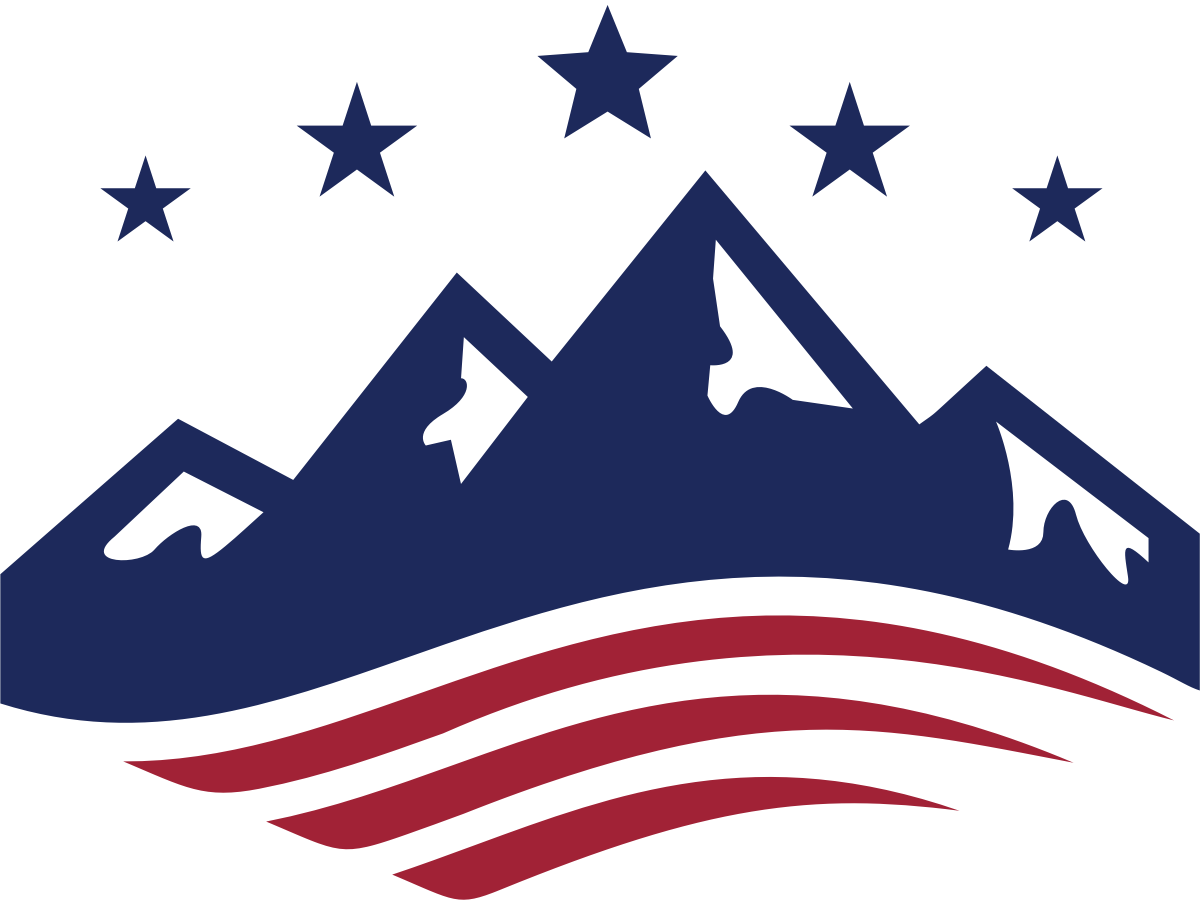
Written by William C. Duncan
May 25, 2023

If one were looking for guidance on prayer, the federal government would probably not be the first place to look. Yet that is precisely what the U.S. Department of Education provided recently.
In reality, what the department did was publish a document, “Guidance on Constitutionally Protected Prayer and Religious Expression in Public Elementary and Secondary Schools.” The document is actually an update of an earlier version published in 2020 which, in turn, updated two previous versions, the first from 1995.
How did the federal government get into the prayer business?
History and background
The No Child Left Behind Act of 2001 (NCLB) actually includes a provision requiring the Department of Education to issue this guidance and for schools to certify that they are going to follow the guidance.
The issue of prayer in schools has been a source of debate for decades. The first U.S. Supreme Court decision on the issue, in 1962, involved a New York policy that recommended using a nondenominational prayer in schools. Some parents objected to having prayer in public schools and brought suit. The Supreme Court ruled 6-1 that the prayer was unconstitutional as a violation of the First Amendment’s Establishment Clause.
In succeeding years, the court also held that prayers at public school graduations or at football games were also unconstitutional.
These decisions were, and to a lesser degree still are, controversial since many parents saw them as endorsing a nonreligious perspective. Critics have long stressed that the court decisions do not foreclose a student from voluntarily praying on his or her own. For a school to prohibit such prayers would likely run afoul of the other religion provision in the First Amendment, the free exercise clause. That concern is the likely motivation for the inclusion of school prayer in NCLB – a desire to ensure schools would not try to prevent students from exercising their right to pray, along with, to some degree, teachers and staff.
Most recently, this latter issue – the rights of school employees – has come to the fore. Just last year, the Supreme Court sided with a football coach who was forced to resign when the school insisted he not pray on the field after football games.
This is the backdrop for the most recent guidance document. Most of the guidance in the document is a relatively uncontroversial restatement of the law related to prayer in schools, but there are some subtle, and perhaps important, changes from the previous version.
Current federal guidance on prayer in schools
Some of the news coverage suggested the new letter was welcomed by religious groups but relied on quotes from groups that emphasize limiting the influence of religion in the public square. Other groups have expressed concerns about the guidance. The 2020 version stressed the ability not only of individual students but of groups of students (including giving a number of examples) to pray together and to have their religious observance accommodated by the school. The new version is arguably not as expansive in its description of what schools could do to accommodate student religious practice.
More importantly, the new version stresses the ability of schools to limit employee prayer when they feel employee prayer might be taken as an endorsement of religion. Critics of the 2023 guidance note that this analysis echoes prior Supreme Court precedent that tried to keep schools from entanglement with religion – even though that precedent has largely or totally been abandoned by the current court, particularly in the football coach case previously mentioned.
How significant is this question, though? Guidance, by its nature, is not a binding legal obligation, but in this case, schools are required to certify they will comply – it might more accurately be described as a regulation in practice, even though the guidance is not legally required to go through the public feedback and vetting process required of formal regulations. If the guidance does not reflect accurately the current binding interpretations of the requirements of the U.S. Constitution, parents, students and employees could be shortchanged in their ability to exercise their rights. Of course, they can challenge a school’s determination in court where the Supreme Court precedent would be binding. But the role of administrative agencies should not be to put Americans in the position of having to re-litigate rights established by recent court precedent.
On the one hand, busy school administrators can benefit from guidance, but that reality means that the accuracy of the guidance is critical. School officials should not have to choose between guidance and the actual legal rules the guidance is intended to describe. Guidance must not, intentionally or inadvertently, become a workaround to sidestep the Constitution’s protections.

Insights: analysis, research, and informed commentary from Sutherland experts. For elected officials and public policy professionals.

- Federal law requires the Department of Education to maintain guidance about the rights of students and employees as it relates to praying at school.
- Recent federal guidance has been criticized as not accurately reflecting rights related to prayer.
- Inaccurate or outdated guidance can lead to unnecessary limitations on rights.
Read More
What you need to know about election integrity
It should be easy to vote and hard to cheat. This oft-quoted phrase has been articulated as a guiding principle by many elected officials wading into voting and election policy debates in recent years. So why has this issue been so contentious, and what’s the solution?
How transparent are school districts about curriculum?
Utah districts don’t need to wait for legislation to be transparent – many have sought to be transparent on their own. District leaders interested in this reform can do several things right away.
What you need to know about the upcoming state party conventions
The two major political parties are about to hold their state conventions. Here’s what you need to know.


